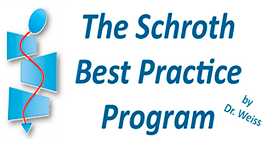Brace
Juvenile Scoliosis Bracing
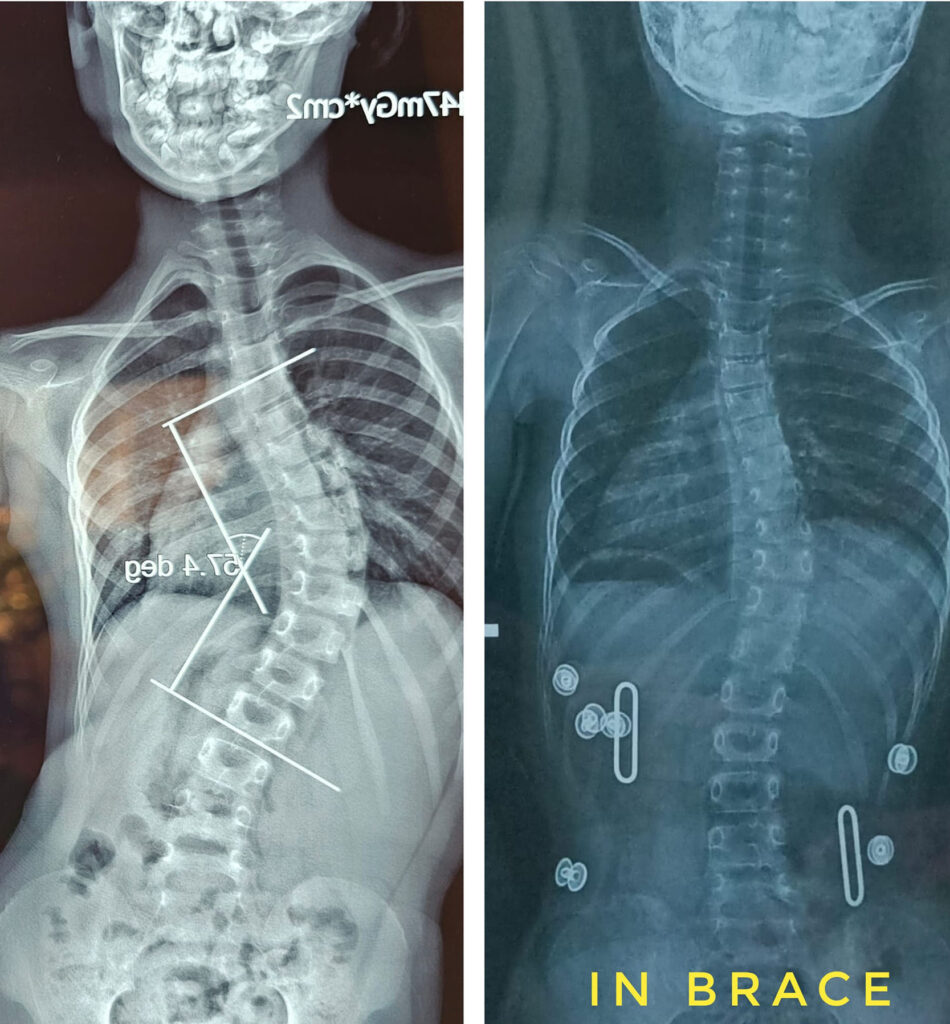
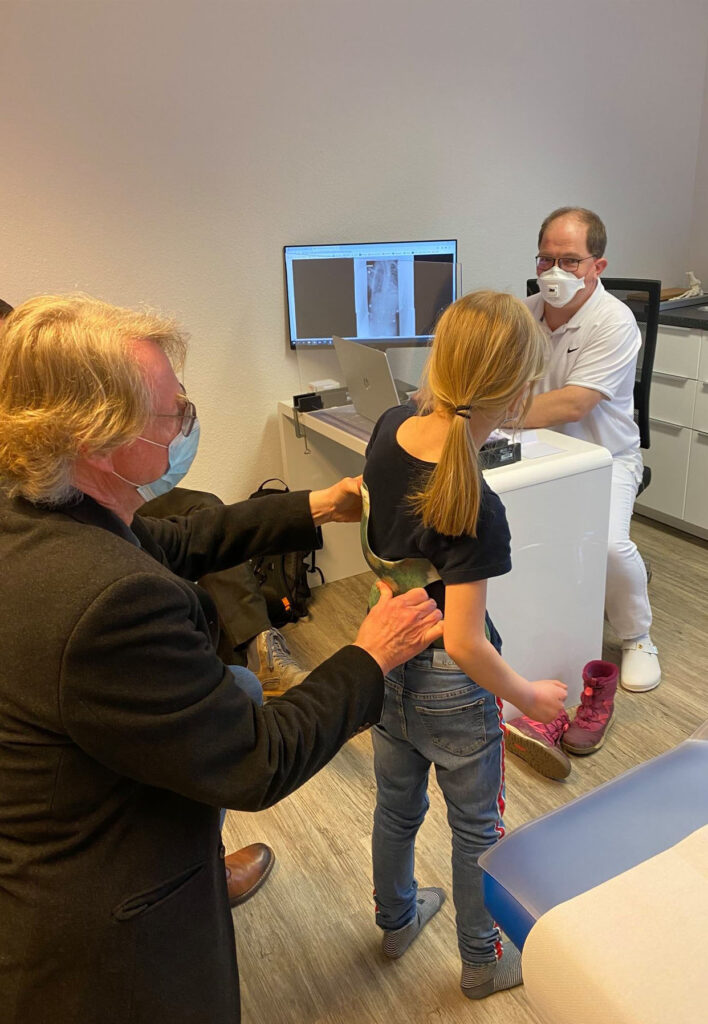
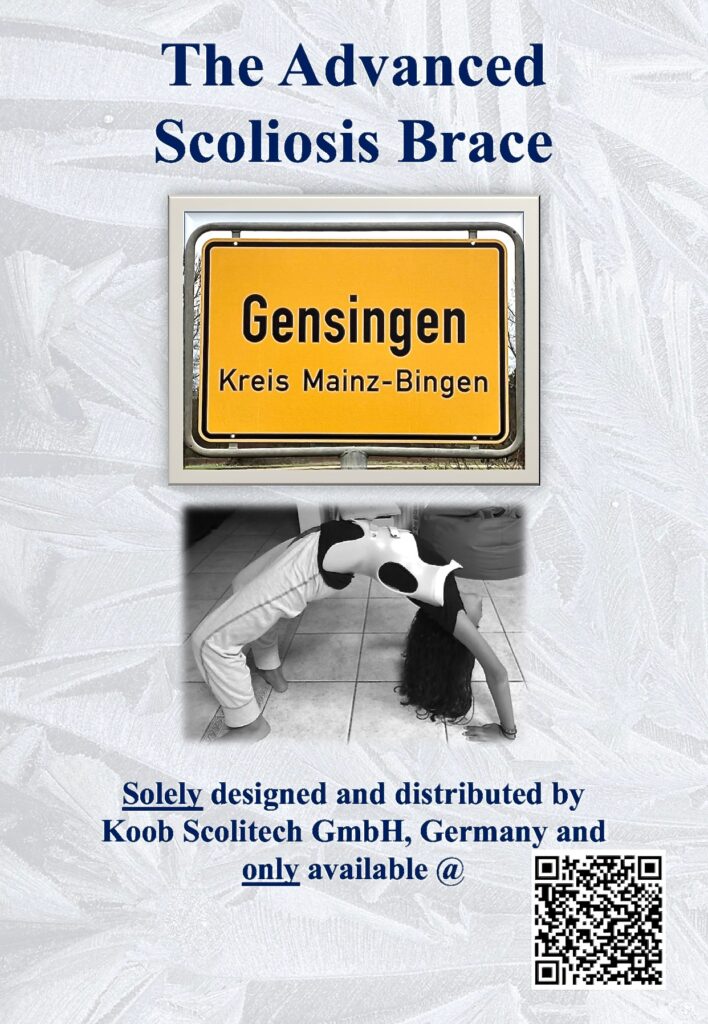
When the Cobb angle exceeds 20º in juvenile scoliosis, parents need to be vigilant. Bracing decisions depend on various factors beyond Cobb angle, including age, developmental stage, postural imbalances, and family history. Approaching the 25º mark, bracing is often recommended. We endorse the Gensingen Brace for juvenile scoliosis, known for achieving impressive results. It aims to stay ahead of the curve, promoting spinal improvement as the child grows. This brace targets scoliosis curves with strategic pressure points and voids/openings to replicate Schroth breathing, facilitating spinal remodelling. Bracing early in juvenile scoliosis is advantageous as younger children often have more flexible spines, facilitating better in-brace correction, crucial for proper spinal growth.
Adolescent Scoliosis Bracing
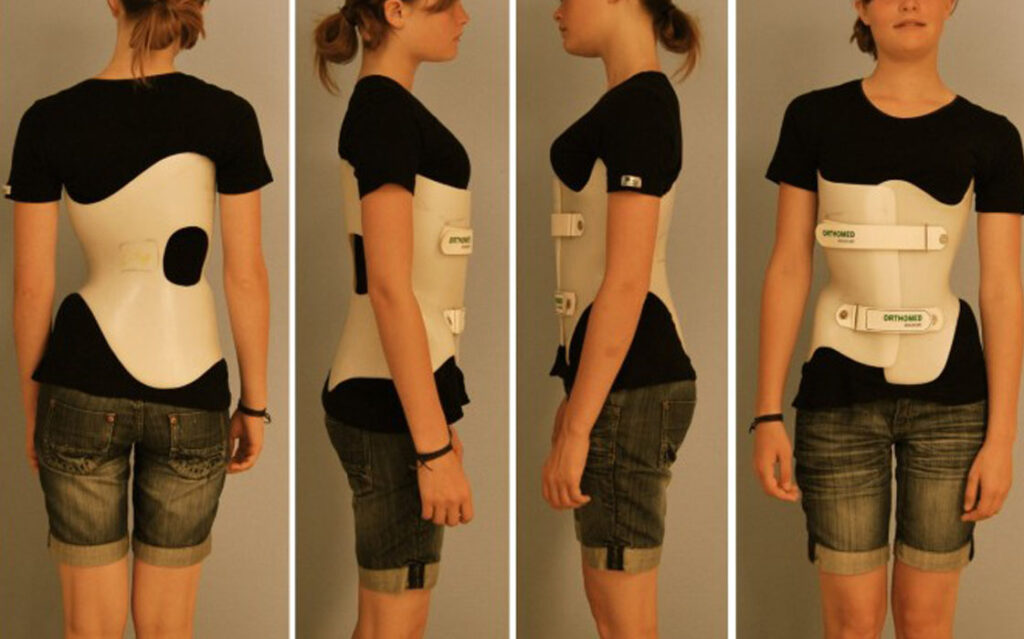
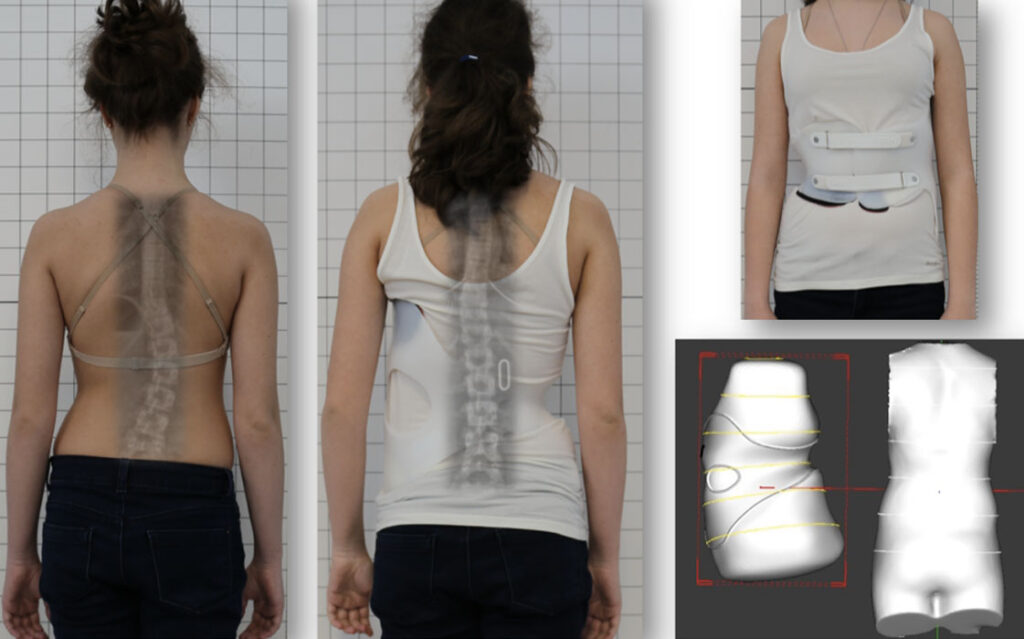
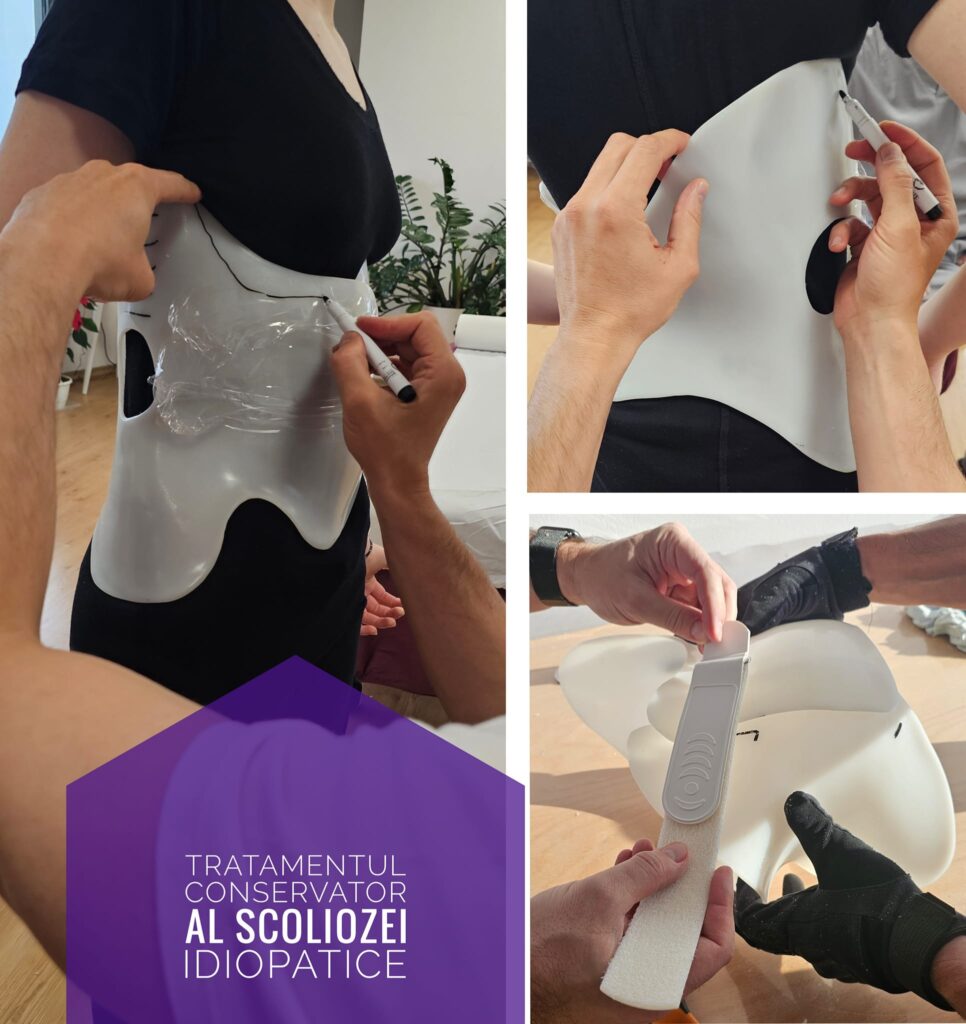
For adolescents needing scoliosis bracing, we offer the Chêneau-style Gensingen brace, designed for 3-dimensional correction and Schroth compatibility. Bracing, along with a Schroth exercise program, yields the best outcomes. The primary goals are curve stabilization, reduction, and postural improvement. Unlike traditional braces, the Gensingen brace induces a mirror image of the scoliosis, aiming for overcorrection. Patients appreciate its front closures for greater independence and comfort. This brace technology has effectively treated curves from mild to severe, even in patients previously recommended for surgery.
Adult Scoliosis Bracing (Optional)
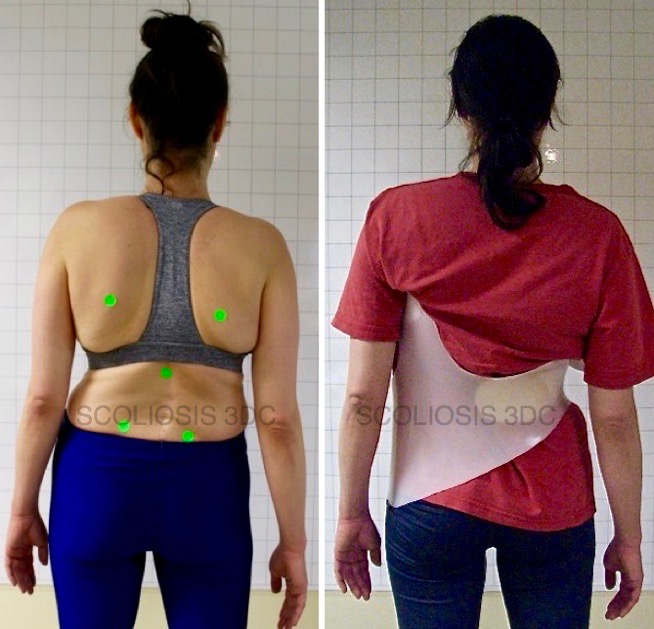
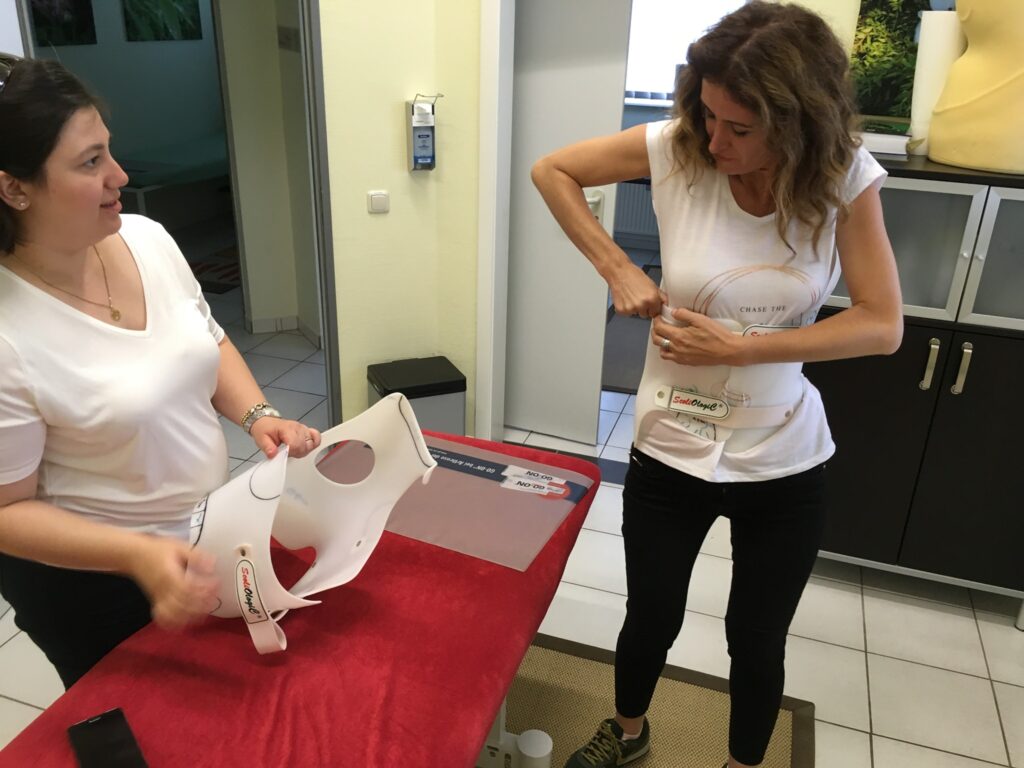
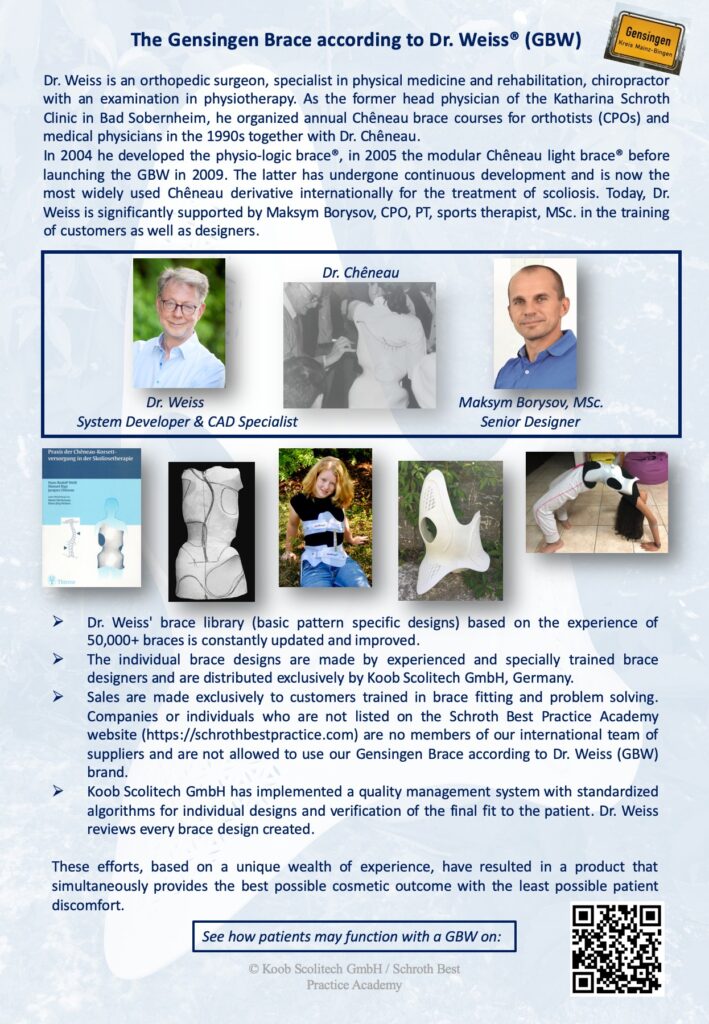
Adults with scoliosis can opt for the Schroth method-compatible Gensingen Brace® for part-time wear. This brace offers custom-fitting and potential benefits such as managing pain, providing spinal support, and deterring curve progression. Adults often wear it as needed, finding relief during daily activities and combining it with Schroth exercise for comprehensive management.

